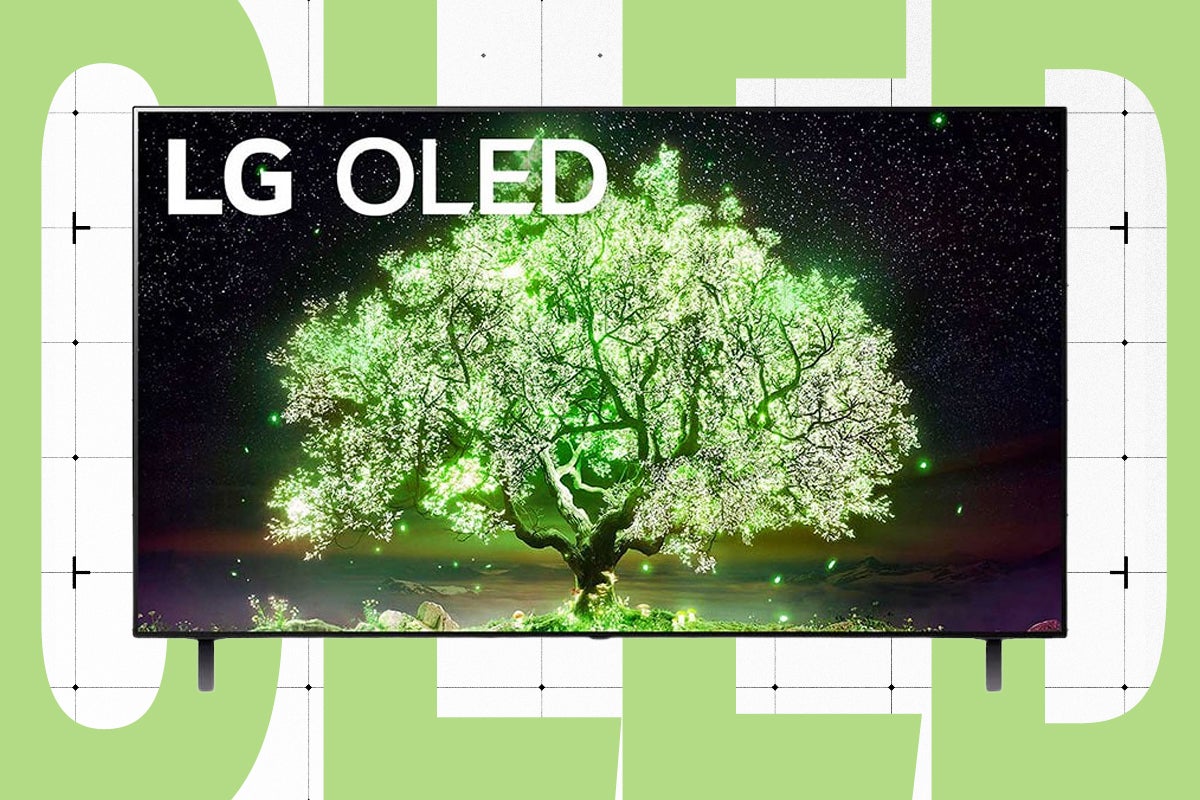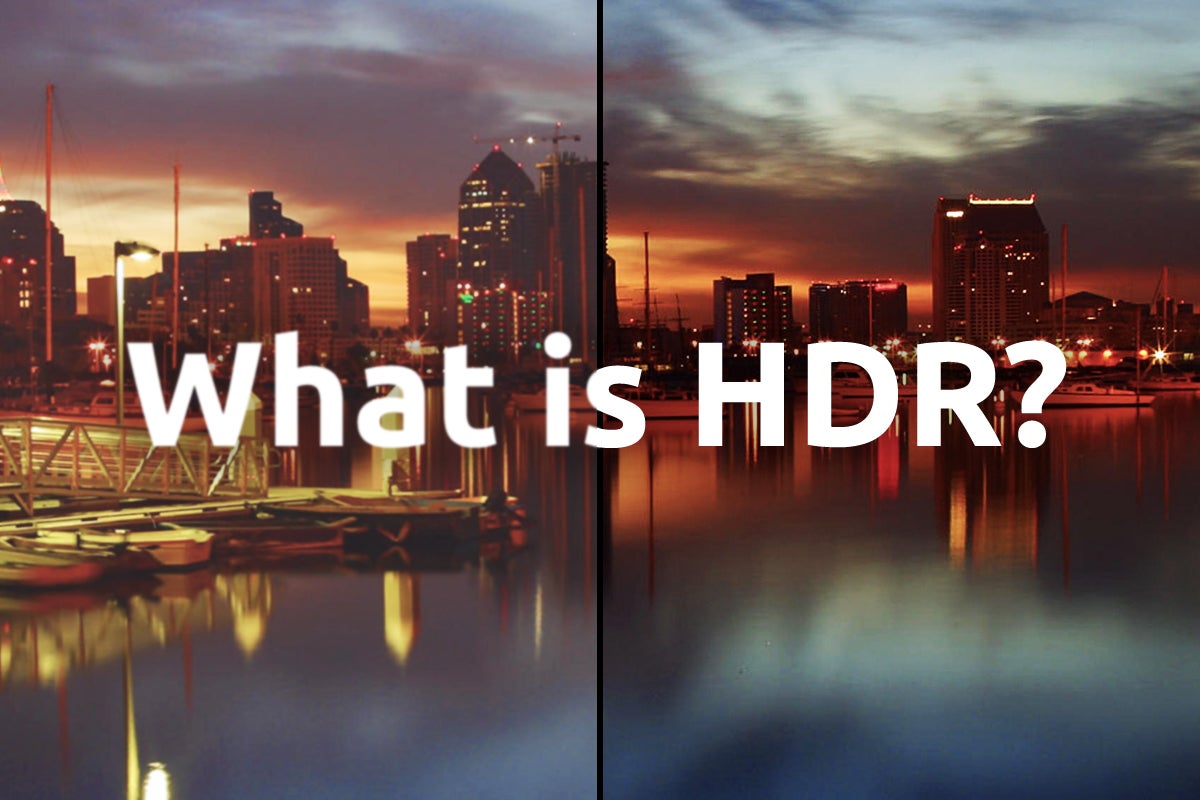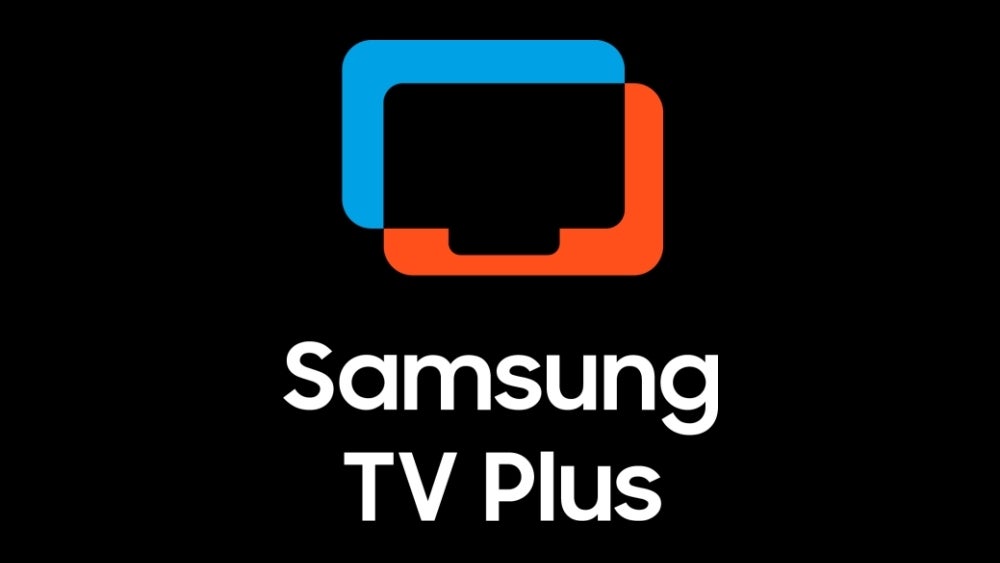What is Filmmaker mode? The cinematic picture mode explained
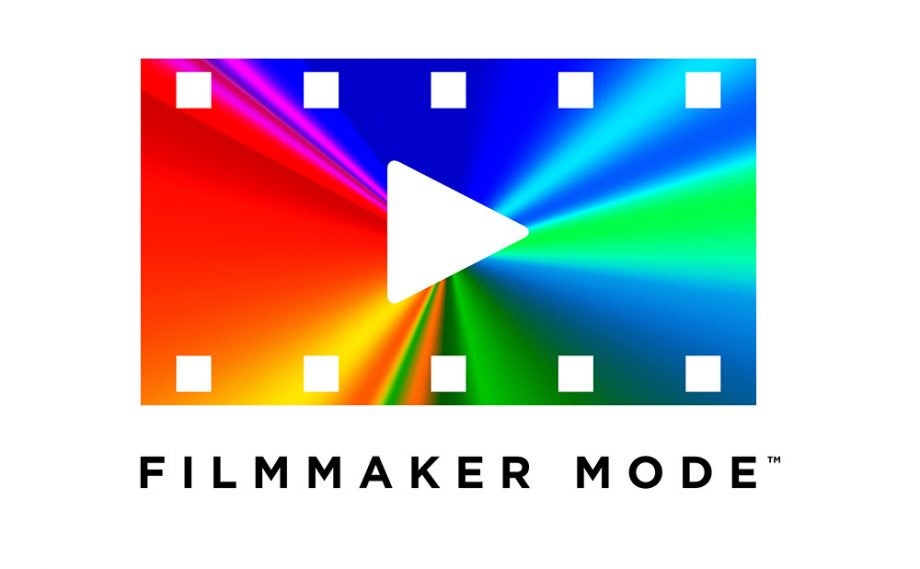
Hollywood has been unhappy about how modern TVs make its library of classic films look. Back in 2017, director James Gunn tweeted about how other filmmakers, including the likes of Edgar Wright, Tom Cruise and Matt Reeves, were all “on board the anti-motion-smoothing campaign”.
More weighed in, which lead to filmmakers, Hollywood studios, consumer electronics companies and the UHD Alliance to devise a response in Filmmaker mode.
It’s a move that’s been widely praised in Hollywood, with Martin Scorsese, Christopher Nolan, Patti Jenkins and Ryan Coogler all voicing their backing.
So what does Filmmaker mode do, how do you use it and which TVs and projectors support it?
What is Filmmaker mode?
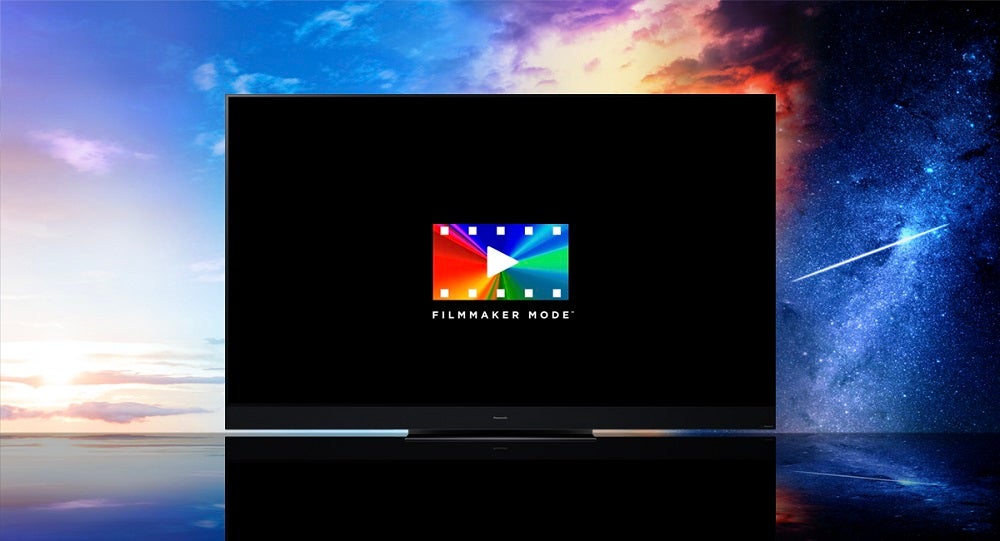
Filmmaker mode is a picture mode designed to reduce the amount of post-processing applied to movies and TV shows. It allows viewers to watch their content in the way the filmmakers intended.
What makes Filmmaker mode so interesting is that it’s standardised across all TV manufacturers, and that means so you know exactly what you’re getting.
Why do you need Filmmaker mode?
As far as how pictures are displayed, Hollywood’s biggest complaint has been motion smoothing, which creates what is commonly known as the “soap opera effect”. Traditionally films have been shot at 24fps to produce the cinematic look we’ve become accustomed to, but this brings with it a degree of stutter.
However, TVs in the UK are capable of displaying content at 50fps (60fps in the US), with many able to run at 120fps. As a result, TV manufacturers have been using the higher frame rate with motion smoothing enabled by using frame interpolation.
With frame interpolation, the TV examines two frames of the footage and generates its own frames that slot in-between to marry 24fps and 50fps together. The result is a smoother-looking image, but one that often can look odd depending on its implementation.
It gives the appearance of a home movie shot on a video camera, with a soft “soap opera” effect on top. Not only does it look odd, but this generates information that was never shot, which can introduce artefacts and other image errors.
Most TVs let you turn off motion processing and run the TV in 24p mode at the film’s original frame rate. Doing this addresses the main issue Hollywood has with 4K UHD TVs – but not all of them.
Hollywood’s criticisms run deeper than just motion smoothing. It also takes issue with image sharpening, colour adjustments and brightness, as well as TVs not respecting original aspect ratios of content. Filmmaker mode is a one-shot method of fixing all of these concerns, presenting films in the way they were meant to be seen.
How does Filmmaker mode work?
Filmmaker mode works in one of two ways. The first way is through manual activation, available either as a button on your TV’s remote or as a picture mode in your TV’s menu settings.
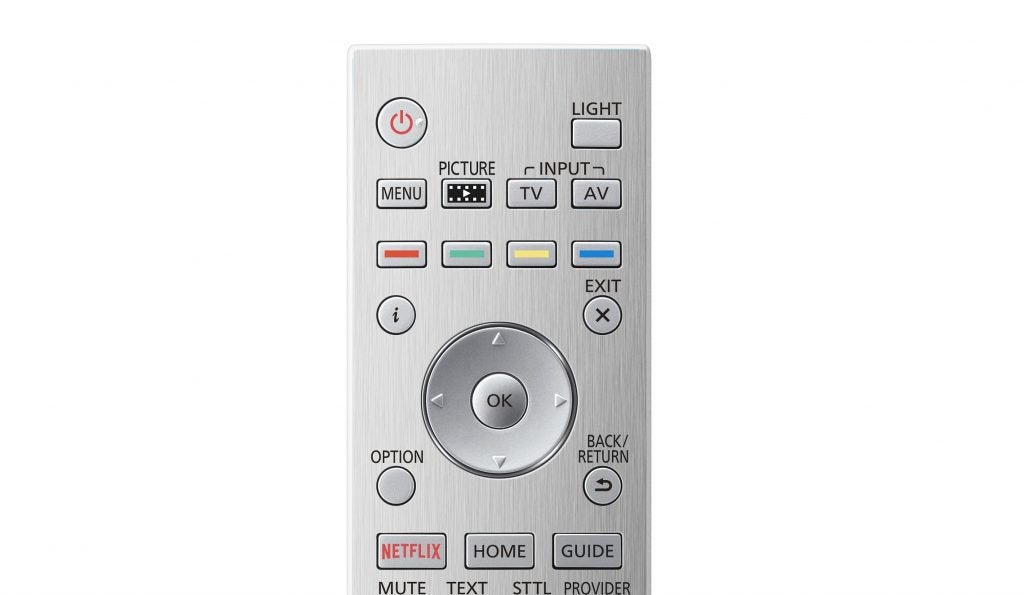
The second and likely more desirable method is automatic activation. Within Filmmaker mode content as Filmmaker, there is a metadata tag in the video’s bitstream that indicates to the TV it supports Filmmaker mode, allowing the display to automatically switch picture mode without your manual input.
This second method is not as widely supported with no 4K Blu-ray players or 4K Blu-ray discs known to currently support Filmmaker mode. However, Prime Video does support Filmmaker mode, and on a compatible TV, it will flag any content available, allowing the TV to switch.
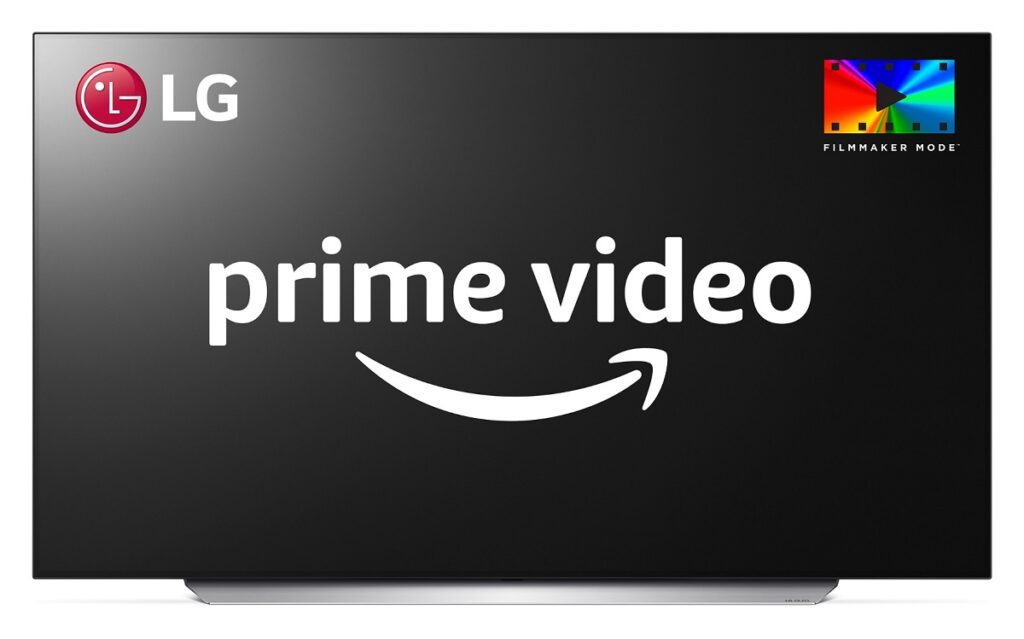
If 4K Blu-ray were to support it, it would likely do so by using AVI InfoFrame Content flag to indicate cinema content. This option was chosen since the InfoFrame is such an important part of the HDMI standard that the flag will get passed through all HDMI equipment regardless of age. The downside is that existing content doesn’t use this flag, so it will be a while before content producers start implementing it.
What does Filmmaker mode do?
As we’ve said, it’s possible to turn off motion smoothing though menu settings, but that only fixes part of the problem.
When Filmmaker mode is enabled, it adheres to specific parameters to preserve the look of what you’re watching. This includes turning off the motion smoothing and processing features: adhering to the industry standard white of D65 (used to calibrate monitors and displays), preserving the frame rate and aspect ratio, turning off any sharpening and noise reduction along with any other picture enhancements added by the TV. Overscan, a feature that adjusts the size of the picture, is permitted if the metadata flags it.
Colour modes are set to standard, so the palette used for the original graded print is respected. Some interesting things happen with brightness, too.
LG HOME CINEMA – – – – – – – – – – – – – – – – – – – – – – FILMMAKER MODE

As LG explained to us at CES from a few years back, Hollywood masters (colour-graded final versions of the film) are made in darkened rooms using a maximum brightness of 100 nits for SDR content.
With Filmmaker mode enabled, TVs have their brightness automatically reduced so that SDR content is shown at the same reference levels. That will make for much dimmer viewing, emphasising Filmmaker mode as a mode mainly for dark room viewing.
HDR content has higher peak brightness levels. For relevant HDR content, Filmmaker mode is more about dealing with processing, frame rate, aspect ratio and colour issues caused by TVs.
How can I get Filmmaker mode?
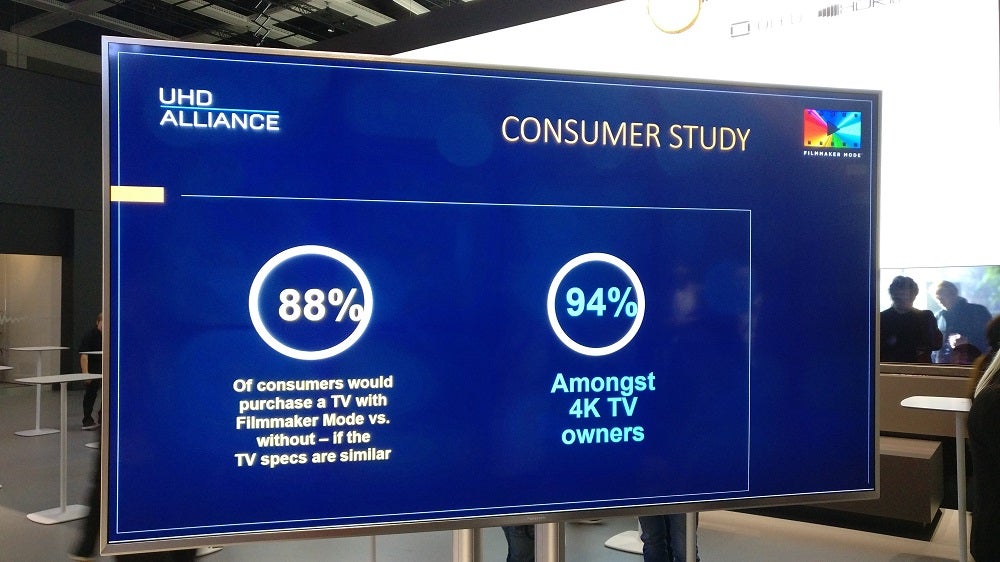
To get Filmmaker mode, you’ll need to buy a TV that has the option; Hisense, LG, Panasonic, Philips, Samsung and Vizio (in the US) have all launched models with Filmmaker mode.
Select LG and Samsung’s projectors have it, as does BenQ’s projectors. In terms of the bigger brands, conspicuous by their absence are Sony and TCL, which have maintained a silence with regards to Filmmaker mode.
Due to the low-level way the mode interacts with a TV, it isn’t possible to update older TVs. This is strictly for new TVs from 2020 onwards.
Are there any problems with Filmmaker mode?
Potentially the biggest problem with Filmmaker mode is screen brightness. While it makes sense to reduce brightness to show content at the level it was originally graded, not everyone watches television in a darkened room.
Watching under bright ambient light could make Filmmaker mode too dark for some situations, leaving people to turn up the brightness to watch – which takes away from having Filmmaker mode at all.
There are options for combatting this. Panasonic implements its Intelligent Sensing mode that uses the TV’s ambient light sensor to detect light levels in the room.
The image can then be adjusted, with changes to brightness and gamma, to result in a picture that looks like the original graded master regardless of ambient lighting conditions. This is fundamentally different to boosting brightness, which impacts detail.
At CES 2022 the UHD Alliance provided an update on ‘phase two’ of Filmmaker mode, focusing on ambient lighting recommendations to help make the mode more adaptable to the different environments it will be watched in, but still maintain the creative intent of filmmakers.
We’ve seen Panasonic’s Intelligent Sensing in conjunction with Filmmaker mode in action, and it’s impressive, making it easier to view content under practically any lighting conditions without having to sacrifice image quality. Hopefully more TV brands will implement similar approaches in the future.
Does Filmmaker mode work with all content?
Filmmaker mode can be engaged with practically all content with one notable exception: Dolby Vision.
Since Dolby Vision is already a well-defined standard for producing high-quality HDR images, Filmmaker mode isn’t required. If the content has been mastered in Dolby Vision, it’s essentially already been through the Filmmaker mode process, and therefore doesn’t require it.
With some LG and Panasonic TVs there’s the option of Dolby Vision IQ , which like Intelligent Sensing/Filmmaker mode on Panasonic TVs, uses the ambient light sensor to adjust brightness and gamma to compensate for lighting conditions.
In all other situations, Filmmaker mode can be used to correct SDR and other HDR content, even HDR10+.
Is Filmmaker mode the end of motion smoothing?
Motion smoothing will continue to exist on TVs and has its benefits for fast-moving sports content and maintaining consistent image quality across TV broadcasts. More interesting will be how film studios and content producers use the technology specifically for home masters of content, especially for streaming services.
There’s a general acceptance that in some circumstances, TVs with motion smoothing on can iron out some of the inherent kinks of 24fps content, such as mild stuttering in camera pans. The limitations of 24fps playback is partly the reason filmmakers such as Ang Lee, James Cameron and Peter Jackson have advocated High Frame Rate (HFR) capture.
The question for the future will be how cinema content can be made to look right on a home TV.
Some options of which we’re aware of are for directors to pre-generate a motion-smoothed version of a scene that can be fed to a TV, or to send directions to the TV to use motion smoothing for a specific scene. LG told us that its α9 Gen 3 processor for its 2020 TVs was capable of being told when to turn features on and off.
There’s no hard answer at the moment, but what Filmmaker mode makes clear is that how content looks and feels should be up to the creators, and a TV should be there to respect that and do its best to match the director’s original vision.



